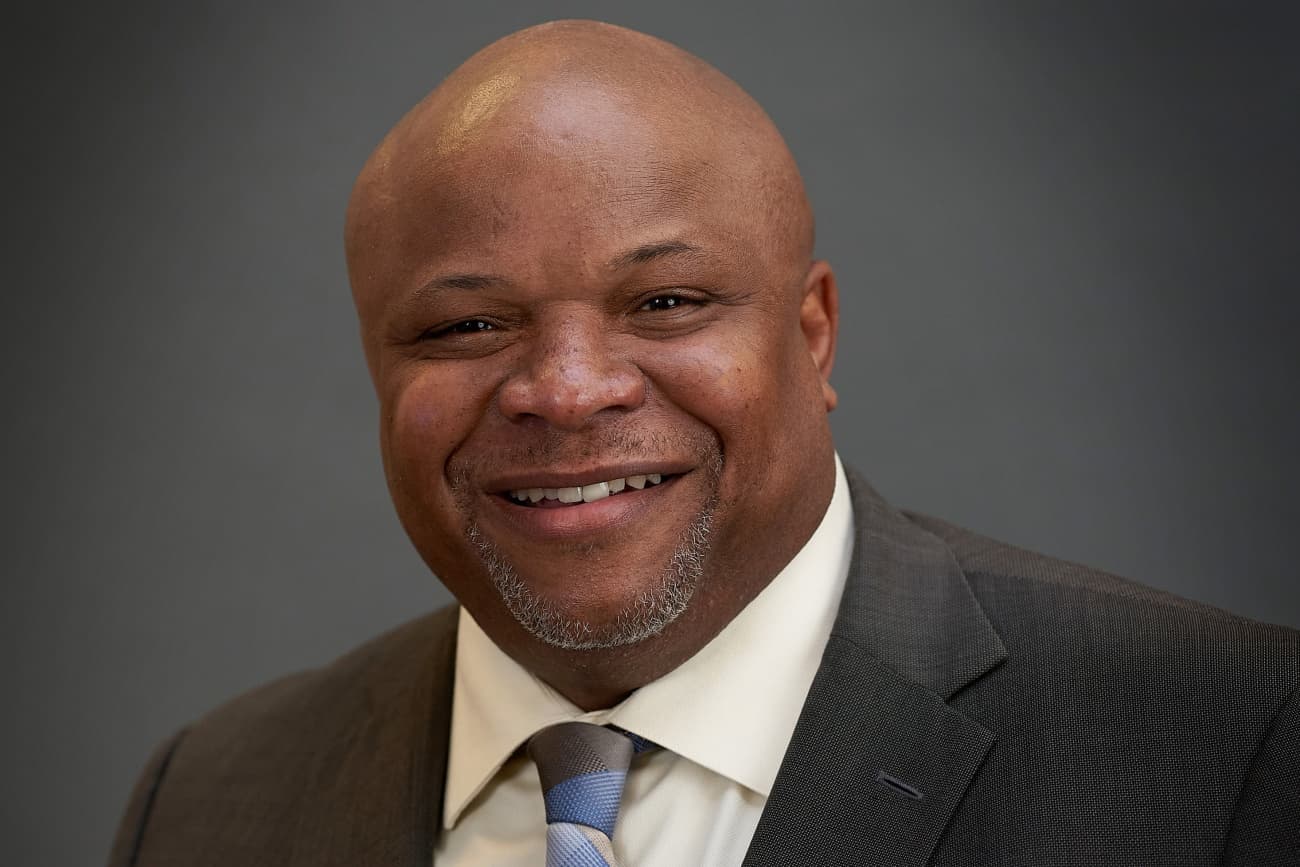
When association offices across the country temporarily closed their doors in March 2020, the primary concern for association executives was obviously the safety of their staff and their members. Coming in at a close second was ensuring the relevancy of the association through continued membership benefits. How, they asked, do we maintain the same level of service to our members during a pandemic?
In terms of value, the affiliate membership class has taken the hardest hit. How do we replace or recreate the value of an in-person networking event when, for a period of time, we couldn’t legally gather in large groups? Even after restrictions were lifted, some members were (and still are) uncomfortable with in-person meetings.
Leaning on Technology
Many associations have leaned heavily on modern technology to maintain the value of the affiliate membership.
Marty Manion, RCE, CEO of the Naples Area Board of REALTORS® in Naples, Fla., says he and his team wanted to find a way to replace the face time that their affiliates got from pre-COVID-19 in-person events. The board of roughly 7,500 members, 260 of which are affiliates, has started offering each affiliate a custom promotional video that is produced in-house by an on-staff videographer.
“We had to figure out how to give something tangible to our affiliates when they couldn’t [network] at a meeting of 300 to 500 people,” Manion says. “We already had a videographer on staff, so it made sense to start offering our affiliates a short video, which we can push out to our REALTORS® and the affiliates can use to promote themselves anywhere else they’d like.”
The Howard County Association of REALTORS® in Columbia, Md., which uses the term “preferred partners” instead of affiliates, rebuilt its website last year and added an easily navigable preferred partner directory as a resource for its roughly 2,000 REALTOR® members and as a new benefit for its 160 preferred partners.
“We wanted to make sure our preferred partners had a place on our new website where they could still connect with REALTORS®, despite the temporary absence of in-person opportunities,” says HCAR CEO Jessica Coates, RCE. “We promote the directory heavily to our REALTORS® as a go-to resource when they need service providers.”

Changing the Label
The shift from the name “affiliate” has become increasingly common as associations seek out ways to add member value.
“We wanted to better define HCAR’s relationship with its affiliates, while also relaying to our affiliates that they are valued members of our association,” Coates says. “We went through the lengthy process of changing our bylaws, as well as all of our internal and external marketing and other materials, to reflect the new name. It was well worth the effort, given the support we receive from our preferred partner members.”
Debbie Ashbrook, CEO of the Central Panhandle Association of REALTORS® in Florida, says her association shifted to the title “power partners.”
“They are true partners, and we wanted them to feel more special than just being called an affiliate,” Ashbrook says. “We wanted to elevate them because they are powerful in our association.”
A New Service Structure
The Northern Virginia Association of REALTORS®, which has about 13,000 members, also refers to its affiliates by a different name: “service providers.” NVAR is working to enhance value for its 300 service providers through an expanded onboarding experience and integration with its benefits access structure, which it calls “Shop REALTOR®.”
According to NVAR, it has reframed its products and services to create ease of access in a way that better aligns with the way REALTORS® do business. The products and services are split into two categories and eight subcategories. NVAR service providers are integrated into this model via personalized webpages that fall under one or more of the subcategories. For example, on the business marketing page, a REALTOR® will find not only helpful information and tools, but also NVAR service provider members who can help with marketing.
NVAR’s newly enhanced onboarding services will include a new service provider hub, a customized welcome video, a series of welcome emails, and monthly e-newsletters specifically designed for service providers.
“Our goal is to enrich the experience of the new service provider members as they are welcomed into the NVAR family, while adding value through an increased online presence designed to generate more connections with members and their spheres of influence,” says Ann Gutkin, RCE, NVAR’s vice president of communications.










